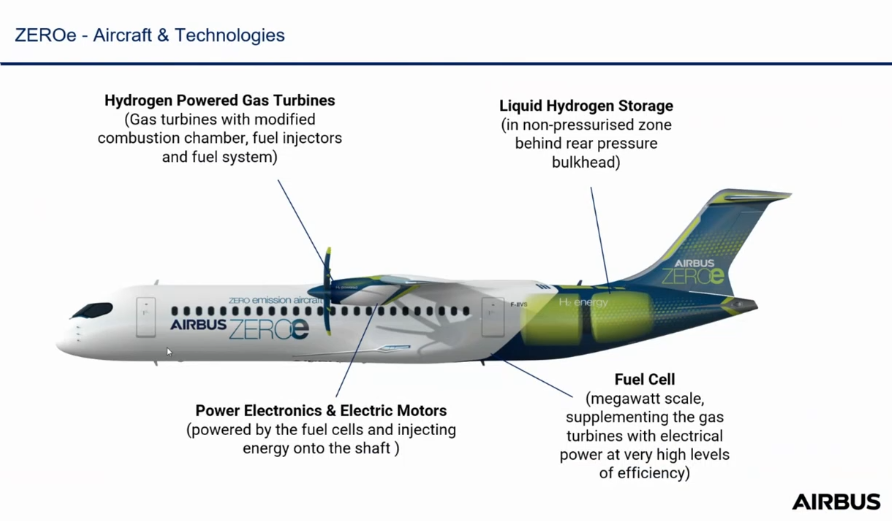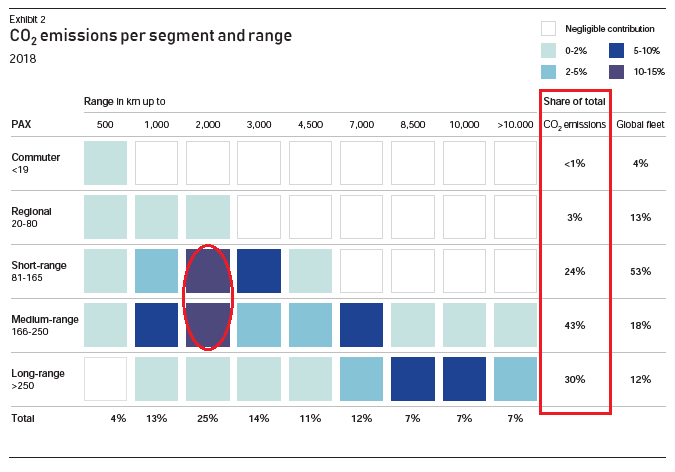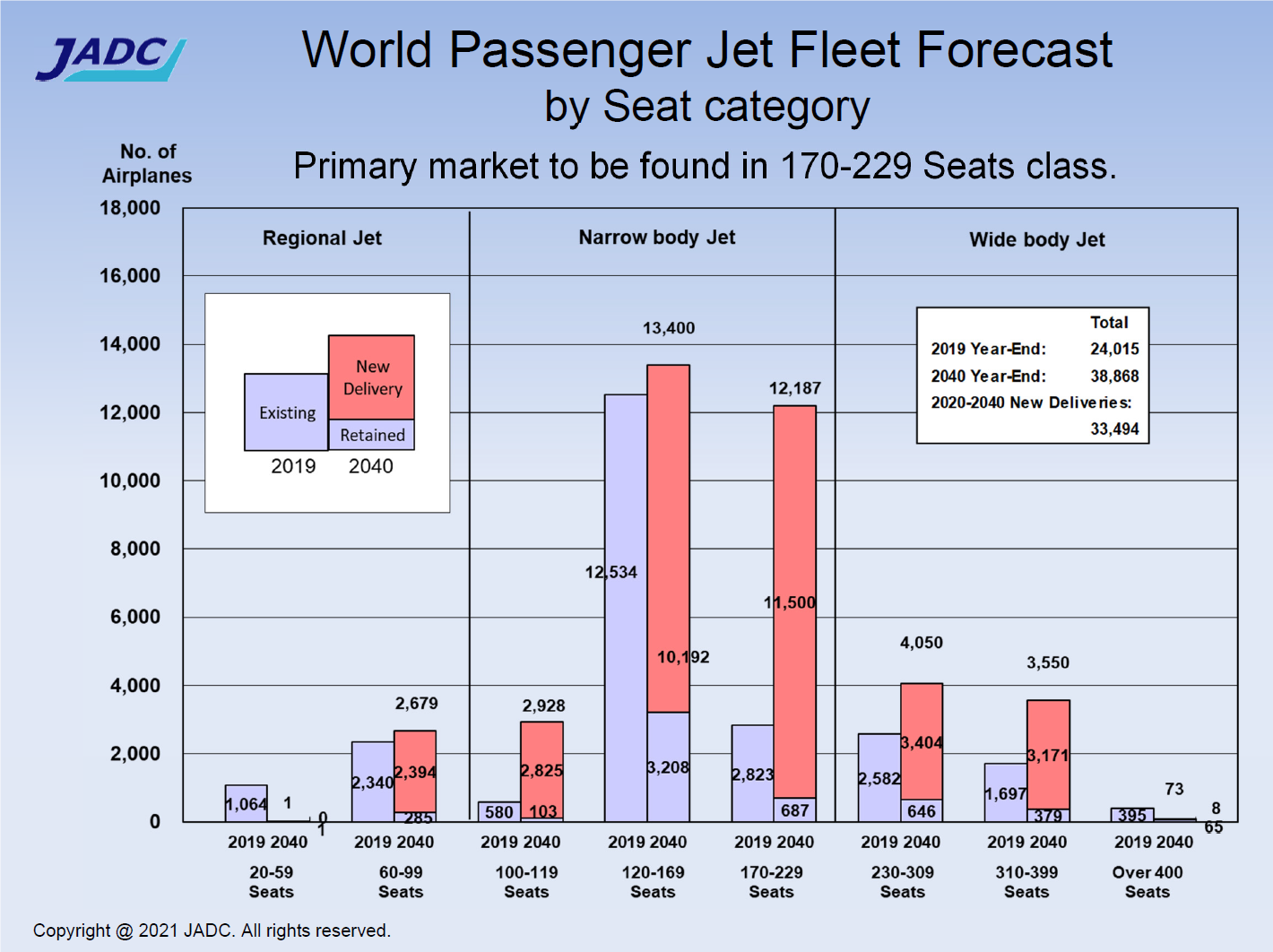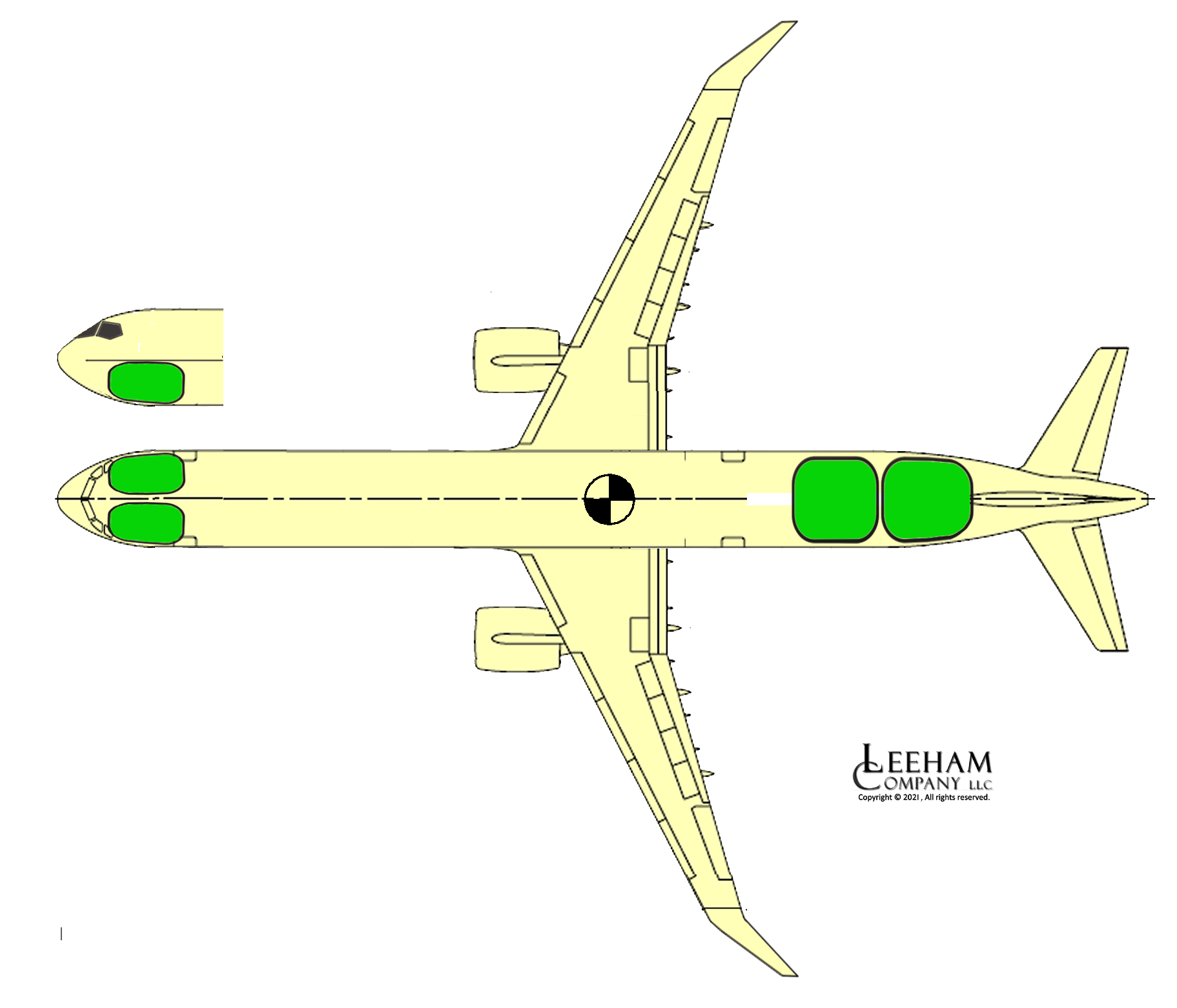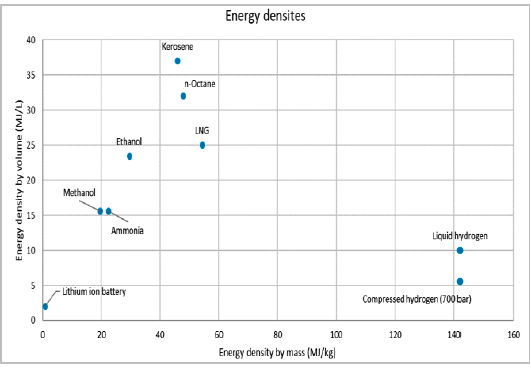Leeham News and Analysis
There's more to real news than a news release.
Bjorn’s Corner: Sustainable Air Transport. Part 19. Fuel Cell propulsion systems
May 13, 2022, ©. Leeham News: Last week, we looked at advanced developments for hydrogen-burning gas turbines.
Now we look at the alternative hydrogen-based propulsion system, which uses a Fuel Cell to convert the energy in hydrogen to electric power that drives motors to spin propellers or fans, Figure 1.
Bjorn’s Corner: Sustainable Air Transport. Part 17. Gas Turbine Propulsion
April 29, 2022, ©. Leeham News: Last week, we looked at the thrust generating device that aircraft propulsion systems use. We could conclude that independent of how we create the shaft power, we can choose different thrust technologies with desired characteristics. A propeller, open fan, or fan in nacelle covers different speed ranges and efficiency profiles.
Now we look at how we generate the shaft power for these devices. We start with the hydrogen-burning gas turbine alternative.
Bjorn’s Corner: Sustainable Air Transport. Part 16. Thrust generation
April 22, 2022, ©. Leeham News: Last week, we examined propulsion system alternatives and their principal advantages and disadvantages. Now we go deeper into these alternatives.
All propulsion systems for aircraft use a propulsion device like a propeller or a fan to generate forward thrust. We use this article to understand how these work and their characteristics before we go into how we create the shaft power to drive them.
Bjorn’s Corner: Sustainable Air Transport. Part 15. Hydrogen propulsion system choices.
April 15, 2022, ©. Leeham News: Last week, we examined different airliner types’ power requirements and the importance of their size classes in the market.
Now we look at what propulsion system alternatives are available when using hydrogen as the energy source and their principal advantages and disadvantages.
Bjorn’s Corner: Sustainable Air Transport. Part 14. Propulsion system requirements.
April 8, 2022, ©. Leeham News: Last week, we discussed the architecture of a liquid hydrogen fuel system. We now start looking at the propulsion system of a hydrogen aircraft.
Before discussing how a propulsion system is done, we must understand what power requirements different airliner types have and the importance of these types in the market.
Bjorn’s Corner: Sustainable Air Transport. Part 13. Hydrogen fuel system and APU.
April 1, 2022, ©. Leeham News: Last week, we looked at how to store hydrogen in an aircraft. We could see the gaseous storage of hydrogen is too heavy other than for demo systems and extreme short-haul. For practical airliners, liquid hydrogen is the solution.
Now we look at what this means for the aircraft fuel system and how to configure a suitable Auxiliary Power Unit, APU.
Bjorn’s Corner: Sustainable Air Transport. Part 12. Hydrogen storage.
March 25, 2022, ©. Leeham News: Last week, we looked at the energy density by mass and volume for hydrogen and regular Jet fuel (Kerosene), Figure 1.
With this information, we now look at how these fuels can be stored in an aircraft.
Read more
Bjorn’s Corner: Sustainable Air Transport. Part 11. Hydrogen and SAF.
March 18, 2022, ©. Leeham News: In our series, we have now seen the major limitations batteries as an energy source impose on an airliner and that hybrids work but don’t bring any advantages for an airliner.
The alternatives are to use an energy source with a higher energy density and combine it with an efficient propulsion system. Sustainable Aviation Fuel, SAF, has the same high energy density as today’s Jet fuel and hydrogen’s density is three times higher than Jet fuel.
Bjorn’s Corner: Sustainable Air Transport. Part 10. Where Hybrids work.
March 11, 2022, ©. Leeham News: After our articles about Serial Hybrids and Parallel Hybrids showed they were unsuitable for airliners, where do these make sense?
The obvious answer is for our stop-and-go cars (as we then can recover the brake waste energy). Still, there are aeronautical special cases where hybrids can bring advantages. Let’s look into these.
Bjorn’s Corner: Sustainable Air Transport. Part 9. Parallel Hybrids.
March 4, 2022, ©. Leeham News: This is a summary of the article Part 9P. Parallel Hybrid, the Deeper Discussion.
We look into the Pratt & Whitney, Collins Aerospace, and De Havilland project to create a Parallel Hybrid propulsion alternative for the Dash 8 turboprops.
The project “targets a 30% reduction in fuel burn and CO2 emissions, compared to a modern regional turboprop airliner” according to the Pratt & Whitney press release.




